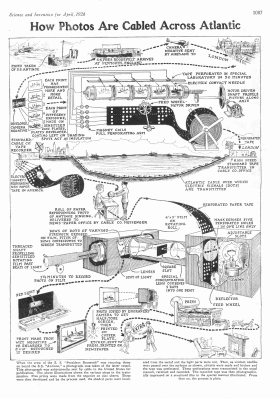Ryobi is not exactly the Cadillac of cordless tools, but one still has certain expectations when buying a product. For most of us “don’t randomly stop working” is on the list. Ryobi 18-volt battery packs don’t always meet that expectation, but fortunately for the rest of us [Badar Jahangir Kayani] took matters into his own hands and reverse-engineered the pack to find all the common faults– and how to fix them.
[Badar]’s work was specifically on the Ryobi PBP005 18-volt battery packs. He’s reproduced the schematic for them and given a fairly comprehensive troubleshooting guide on his blog. The most common issue (65%) with the large number of batteries he tested had nothing to do with the cells or the circuit, but was the result of some sort of firmware lock.
It isn’t totally clear what caused the firmware to lock the batteries in these cases. We agree with [Badar] that it is probably some kind of glitch in a safety routine. Regardless, if you have one of these batteries that won’t charge and exhibits the characteristic flash pattern (flashing once, then again four times when pushing the battery test button), [Badar] has the fix for you. He actually has the written up the fix for a few flash patterns, but the firmware lockout is the one that needed the most work.
[Badar] took the time to find the J-tag pins hidden on the board, and flash the firmware from the NXP micro-controller that runs the show. Having done that, some snooping and comparison between bricked and working batteries found a single byte difference at a specific hex address. Writing the byte to zero, and refreshing the firmware results in batteries as good as new. At least as good as they were before the firmware lock-down kicked in, anyway.
He also discusses how to deal with unbalanced packs, dead diodes, and more. Thanks to the magic of buying a lot of dead packs on e-Bay, [Badar] was able to tally up the various failure modes; the firmware lockout discussed above was by far the majority of them, at 65%. [Badar]’s work is both comprehensive and impressive, and his blog is worth checking out even if you don’t use the green brand’s batteries. We’ve also embedded his video below if you’d rather watch than read and/or want to help out [Badar] get pennies from YouTube monetization. We really do have to give kudos for providing such a good write up along with the video.
This isn’t the first attempt we’ve seen at tearing into Ryobi batteries. When they’re working, the cheap packs are an excellent source of power for everything from CPap machines to electric bicycles.
Thanks to [Badar] for the tip.
Continue reading “Battery Repair By Reverse Engineering” →


















